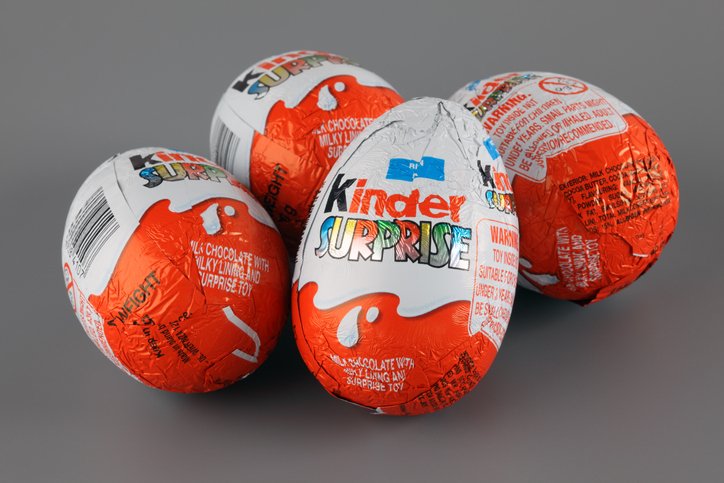
(May 12, 2022) Last month, on Tuesday, April 12, 2022, Ferrero recalled Kinder Surprise chocolates in the United States after several cases of Salmonella were reported across Europe and in the United Kingdom. Children under five years old made up the majority of cases. Ferrero claimed that the recall was “out of an abundance of caution” and that “we take food safety concerns very seriously.” According to their website, some of the chocolates that were meant for European consumption made their way onto United States shelves by mistake, though at the time, there were no reported cases as a result. However, last week Wednesday, May 4, 2022, the Food Standards Agency (FSA) voiced concerns about the effectiveness of the recall. After checking several smaller local retailers, the FSA found that some of them were still selling the recalled chocolates, while others had purchased them only to have to discard them immediately. Additionally, the FSA found that the initial recall did not include all of the affected chocolates and provided an updated list.
The Dangers of Salmonella Poising to the Young and to the Elderly
Roughly 1.3 million people are diagnosed with Salmonella poisoning every year in the United States, according to the Centers for Disease Control and Prevention (CDC). While it can be contracted by pet reptiles, the most common source of Salmonella poising is food. The CDC also lists the following categories of people at higher risk of extreme or life-threatening sickness from Salmonella poisoning:

 Texas Injury Lawyers Blog
Texas Injury Lawyers Blog










